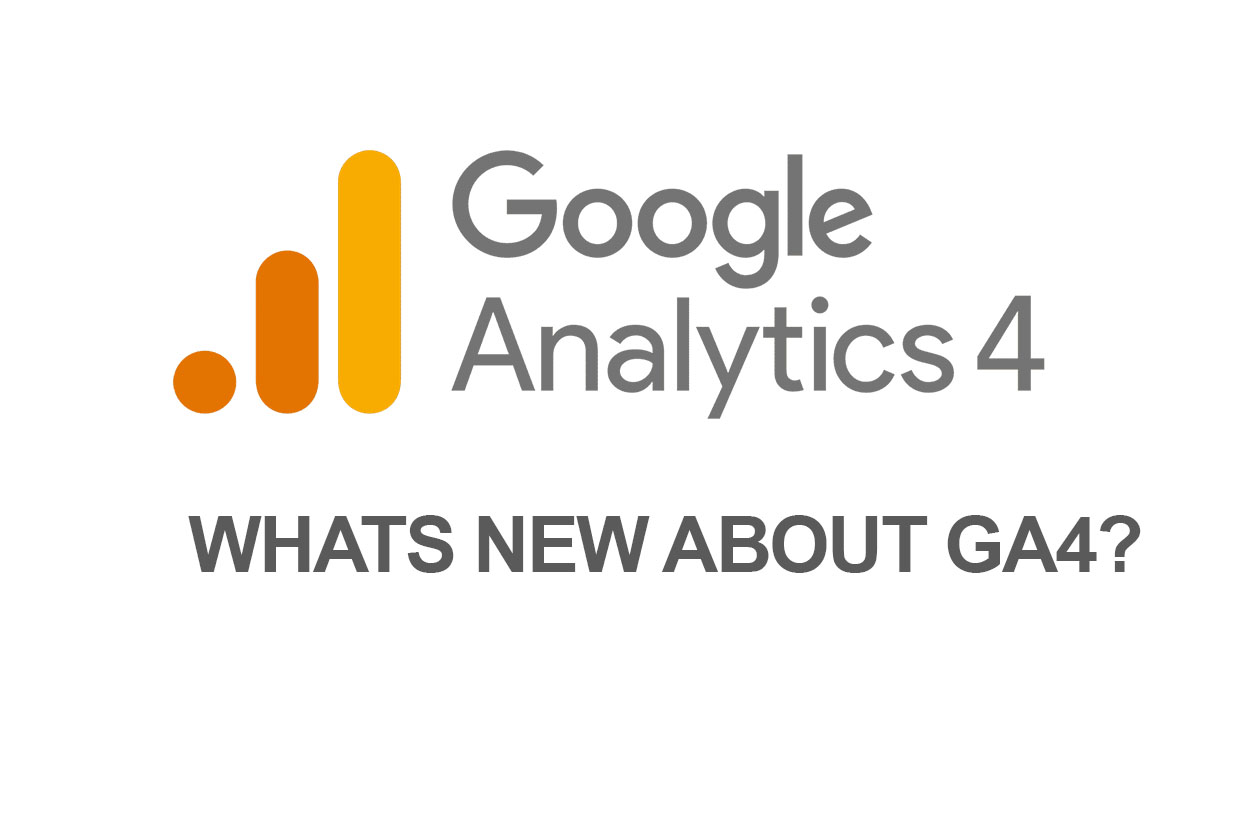What’s New About GA4?
Google Analytics is a web analytics service offered by Google that tracks and reports website traffic. It’s widely used by businesses and website owners to gain insights into their website’s performance, such as the number of visitors, the sources of traffic, and the most popular pages. Google Analytics has been around for over a decade and has become the industry standard for web analytics.
Recently, Google launched a new version of Google Analytics called GA4. The new version of Google Analytics offers several improvements and new features that make it more powerful and flexible than its predecessor. Here are some of the key differences between Google Analytics and GA4:

Data Collection
Google Analytics uses a system of tracking codes that are added to a website’s pages to collect data. In contrast, GA4 uses a new data model that tracks events and user interactions across multiple devices and platforms. This new data model is designed to be more flexible and better able to handle complex user journeys.
User Interface
GA4 has a new user interface that’s designed to be more intuitive and user-friendly than the older version of Google Analytics. The new interface provides more visualizations and reports, making it easier to understand and analyze data.
Machine Learning
One of the biggest differences between Google Analytics and GA4 is the integration of machine learning. GA4 uses machine learning to provide better insights into user behavior and to identify
trends and patterns in data. This makes it easier for businesses to understand how users are interacting with their websites and to make data-driven decisions.
Cross-Platform Tracking
GA4 is designed to track user interactions across multiple devices and platforms. This means that businesses can track user behavior across their website, mobile app, and even offline interactions. This makes it easier to understand how users are interacting with your brand and to personalize their experience.
Event-Based Tracking
GA4 uses an event-based tracking system that allows businesses to track specific actions that users take on their website or app. This makes it easier to understand how users are engaging with specific parts of your website or app, such as form submissions or video views.
Overall, GA4 represents a significant improvement over the older version of Google Analytics. The new data model, user interface, and machine learning capabilities make it a powerful tool for businesses to understand their users and make data-driven decisions. However, businesses that are currently using Google Analytics may need to invest some time and resources into transitioning to GA4 and learning the new system.






